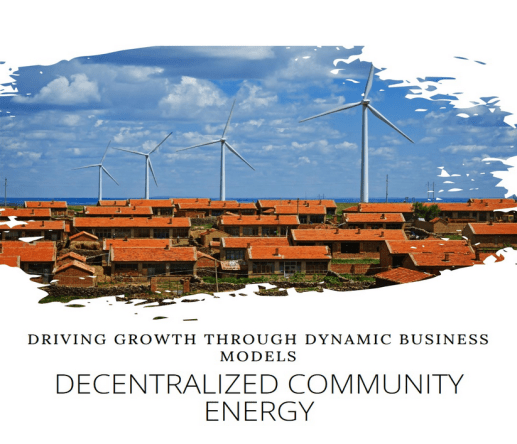
How do you encourage engagement? How do you create the conditions that enable collaboration and cooperation to occur? How can we combine all the forces that make up the Energy Transition?
In the past week or so, I have gained a growing belief we are building the momentum to bring the different sources within the Energy Transition together. The conditions are being created.
Let me briefly provide a few stand-out ones that give encouragement
Firstly in Brussels a Clean Tech Investment meeting took place, nicely summarized by Ann Mettler, the Vice President at Breakthrough Energy. Ann posted “Clean Tech Investment: Top of Mind in Brussels 🇪🇺
💨 What a whirlwind: In less than 24 hours, I had two opportunities to talk investment, at a ‘Clean Transition Dialogue’ hosted by EVP Maroš Šefčovič, in the presence of EC President Ursula von der Leyen and a ‘High-Level Investor Dinner’ with Commissioner Iliana Ivanova.
Briefly she noted the significant talking points:
⬆️ More project finance
💶 Mobilize institutional investors
🤝Double down on public guarantees
🆕 Innovation Fund +++
✅ EU Climate Bank Needs Laser Focus on Clean Tech
📑Better planning, guaranteed contracts
✔️DG Competition reality check
That set of bullet points gives only the top layer of an incredible amount of work going on in support of clean energy tech to give it momentum and shows just one of Ann’s incredible personal energy and commitment to getting the Clean Energy underway (Link to post)
Continue reading







